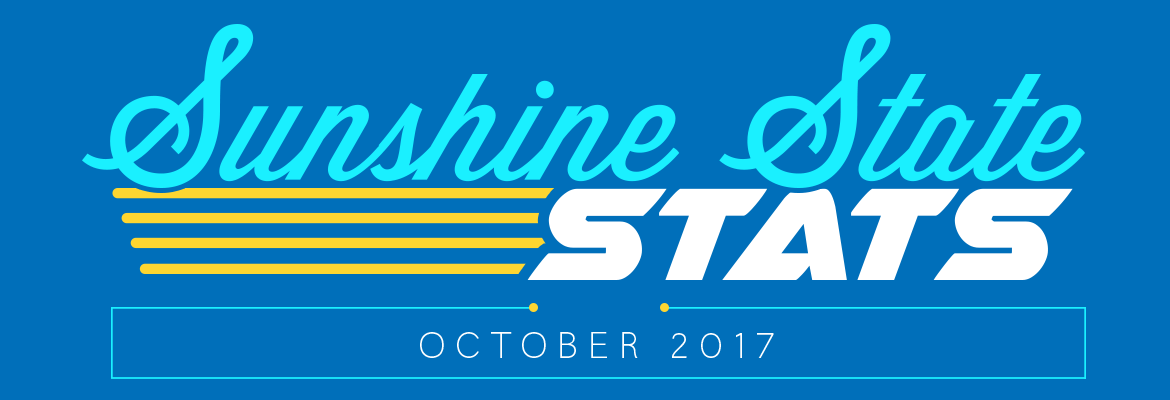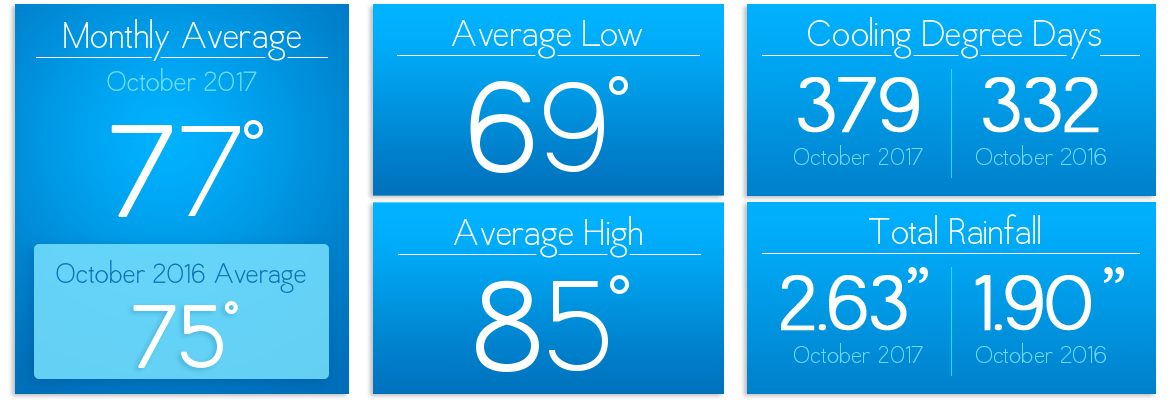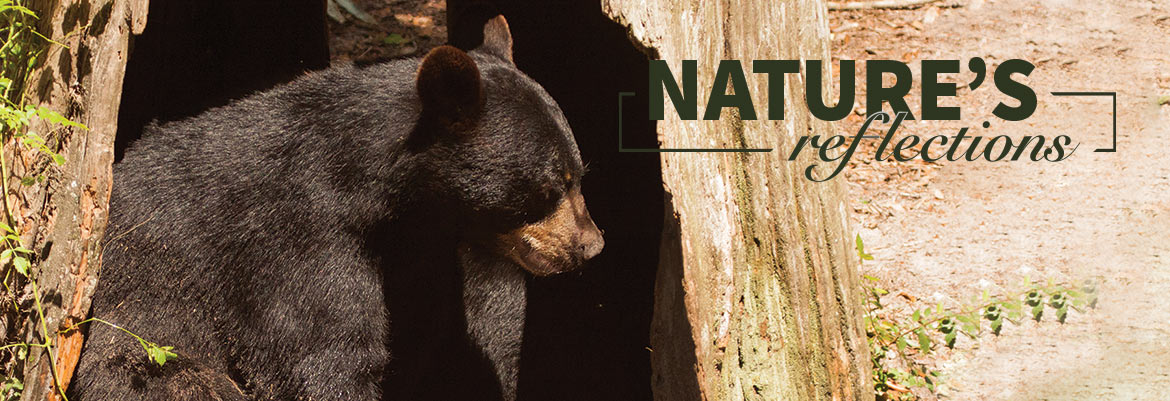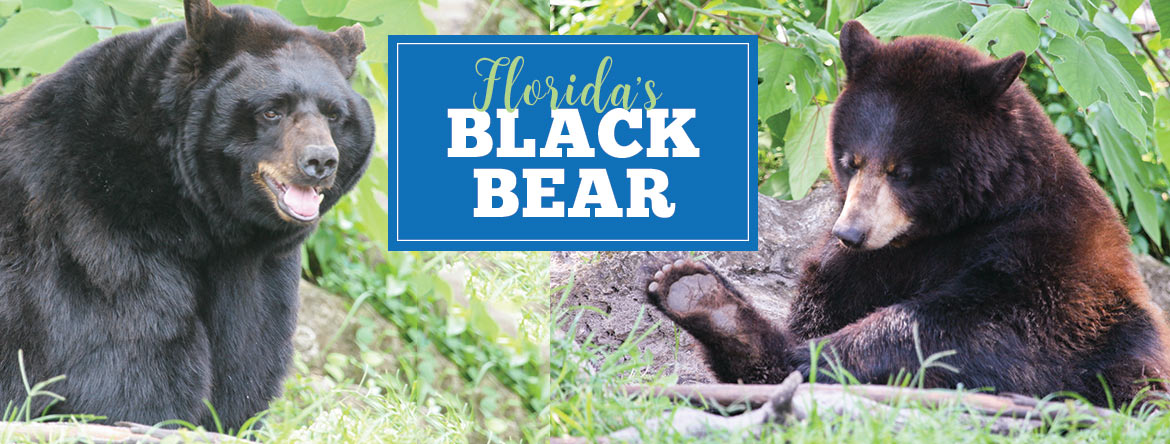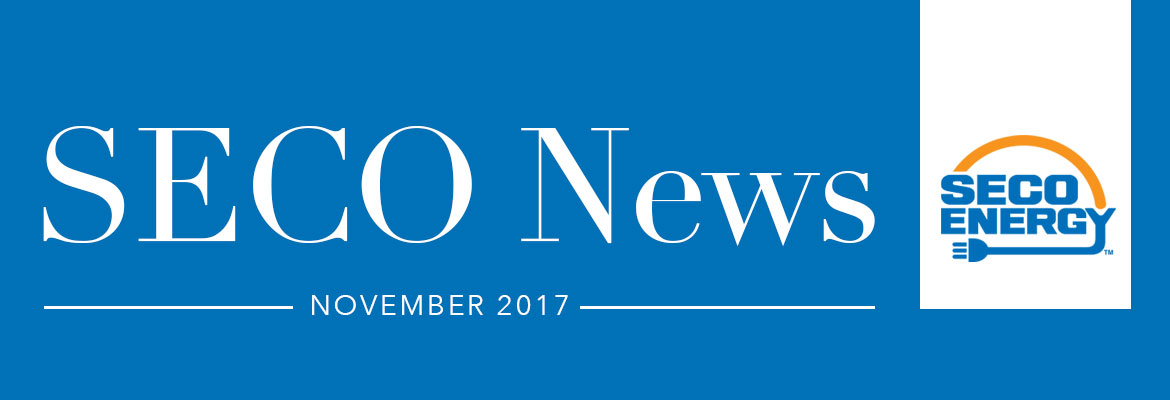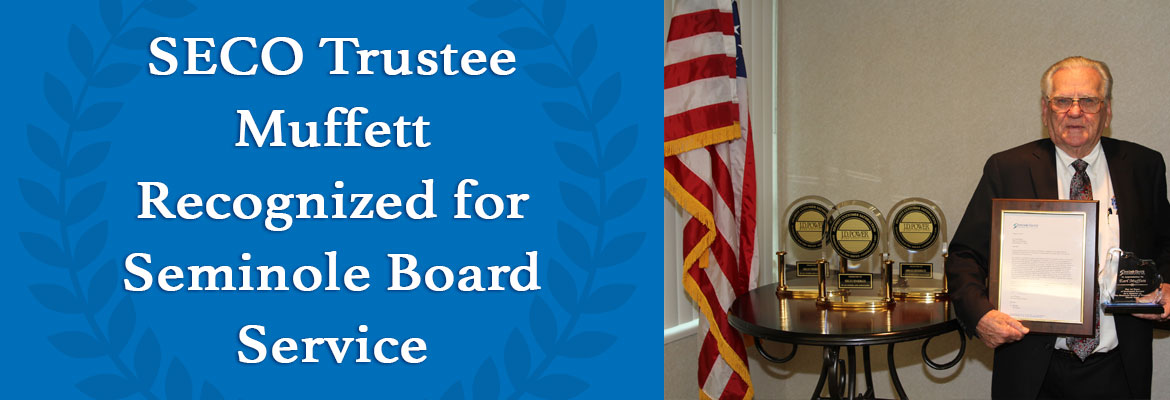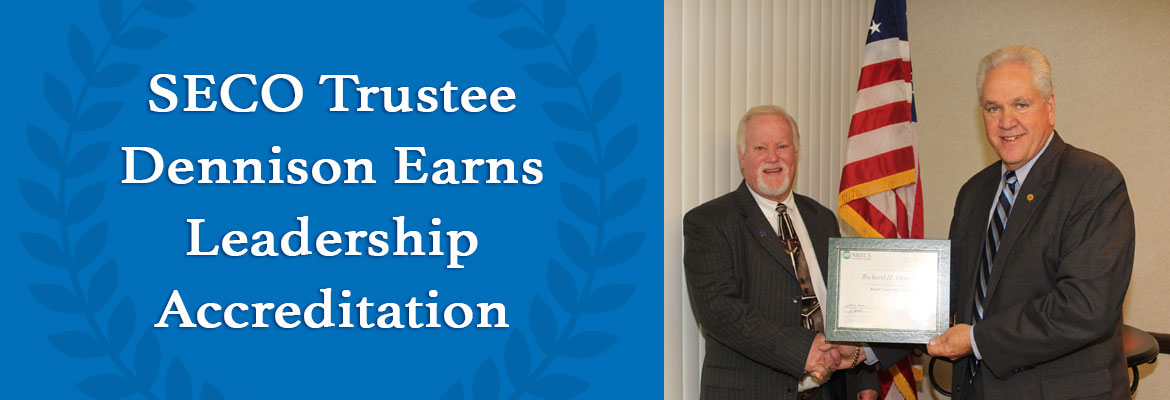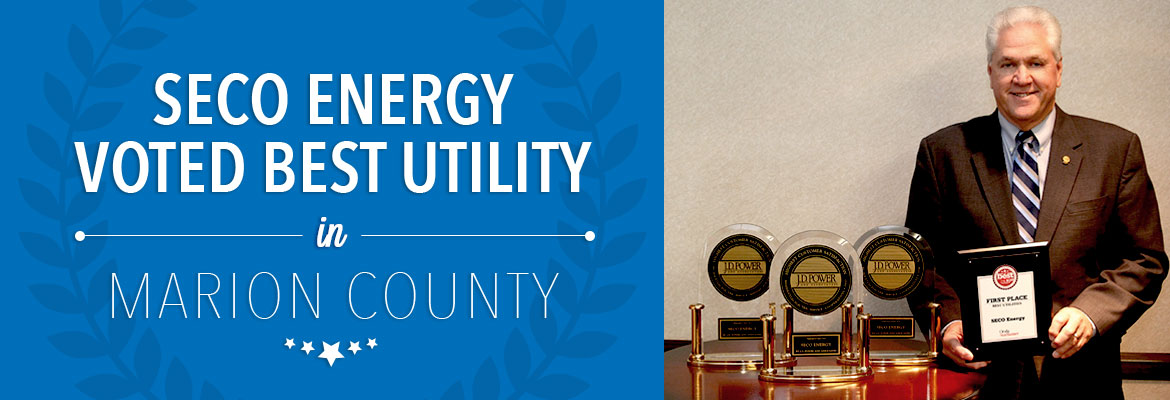Duncan’s Digest
Greener Grid – More Megawatts
SECO Energy’s purpose is “To provide exceptional service to our members, co workers and communities.” The very foundation of that purpose requires developing long-range energy supply plans for the future. Looking ahead, not-for-profit utilities like SECO Energy must adapt to the changing landscape of energy production, while being prepared to deliver safe, reliable, low-cost power to current and future members.
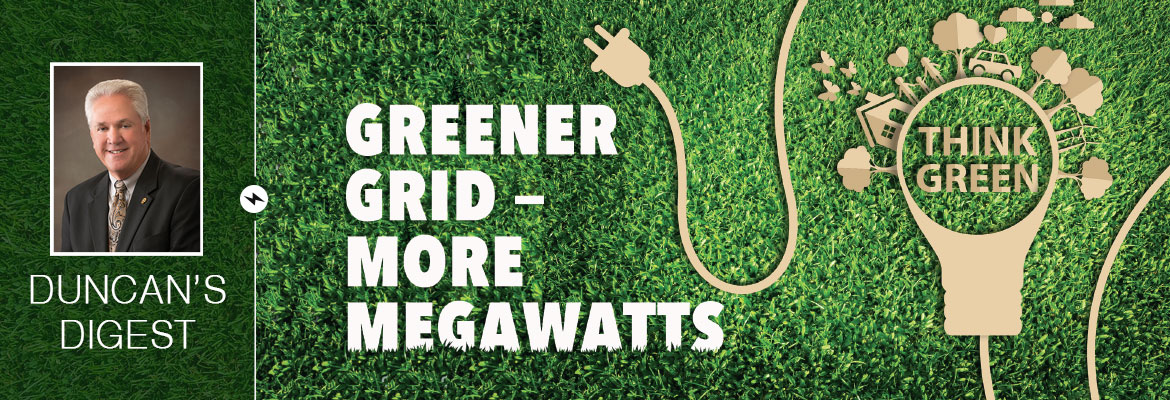
In late September while many of us were still reeling from Hurricane Irma, SECO’s wholesale provider, Seminole Electric Cooperative, announced a five-year plan to build a new natural gas-fired generating plant at its current Seminole Generating Station (SGS) facility in Palatka. The plan includes Seminole’s intention to shutter one of its two coal-fired generating units at the SGS site and enter into agreements to purchase power from other facilities that use solar and natural gas resources.
A key element of Seminole’s new long-term plan is increasing the diversity of fuel sources in its energy portfolio and generating mix. The decision is supported by continued natural gas market stability and historically low prices. Seminole is adjusting to the market by shifting its fuel mix to increase natural gas-fired power generation. This portfolio shift allows Seminole to meet the demand for more megawatts and provide safe, reliable, affordable power to its members while investing in a greener grid.
Seminole has invested over $530 million in environmental controls at its SGS facility, making it one of the cleanest coal plants in the United States. Clean-burning coal is a reliable and affordable means to produce energy, and portions of Seminole’s coal-burning generating plant will remain in use. When the presidency changes hands every four or eight years, the nation faces the possibility of new, costly regulations and policy changes aimed directly at reducing America’s dependency on coal. Additional policies and regulations usher in new expenses that risk increased energy rates and higher bills for members. Reducing coal use, however, reduces carbon emissions.
Similar to a financial portfolio with its mix of stocks and funds, Seminole’s expansion of fuel sources minimizes future risk and offers stability to its member-owners, including SECO. As your local not-for-profit electric cooperative with an expanding member base, we must embrace forward thinking ways to meet demand. Under Seminole’s new long-term plan, SECO can ensure an adequate supply of quality, reliable, affordable power is available to meet the current and future needs of our growing area.
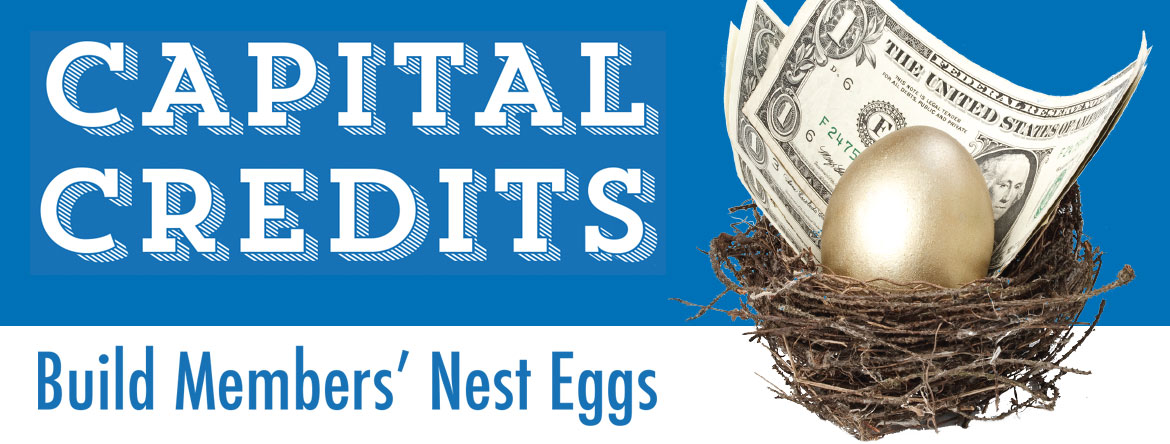
Capital Credits
Build Membersʼ Nest Eggs
In November, SECO members are indeed lucky ducks – and you are much more than simply a consumer of energy. As a not-for-profit electric cooperative owned by our members, your annual purchase of energy builds a nest egg – your share of the company’s patronage capital.
A little bird flew in to tell you how it works: Your membership in SECO Energy builds ownership through your energy purchases. That ownership is defined through the annual process of allocating each member’s share of the co-op’s margins from the prior year. The annual amounts for each member who purchased electric service from SECO during that year are referred to as Capital Credits allocations.
Capital Credits are the accumulation of all prior year’s revenue after the co-op’s operating costs and expenses have been paid. These credits are allocated on a pro-rata basis to each SECO Energy member’s account as “Capital Credits” and represent a portion of the member’s patronage with the cooperative in the prior fiscal year.
During its September meeting with their ducks in a row, SECO’s Board of Trustees approved a record $5.4 million to be returned (retired) to members. Since SECO Energy’s inception, the co-op has retired more than $57.8 million to current and former members. This year’s Capital Credits return is made possible by the sound financial stewardship of SECO’s Board, leadership team and flock of dedicated, cost-conscious employees.
No wild goose chase here; each member receiving a Capital Credits retirement this year will see the amount on their November bill listed as a line item labeled “Capital Credit Ret.” Business members with retirements over $1,000 will receive an actual check. If you have questions about Capital Credits, visit SECOEnergy.com > Your Co-op > Capital Credits.
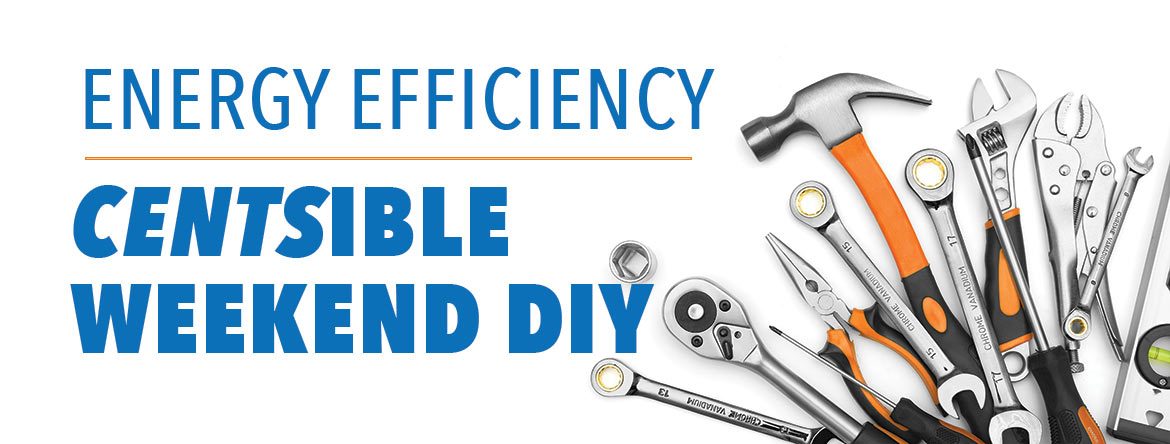
Energy Efficiency
The Centsible Weekend DIY
Do you plan to conquer your honey-do list this weekend? Add these inexpensive, DIY tasks to save energy and reduce your monthly electric bill. Now that’s centsible.
-
- Seal doors and windows: Remove old, cracked caulking from windows, and apply new caulking around the joints and frame. Replacing worn weather-stripping around exterior doors keeps cool air in, and hot air out.
- Reduce phantom loads: TVs, DVRs, cable boxes and home computers use power when turned “off.” Energy.gov reports phantom load can cost an average household up to $100 a year. What to do? Use power strips with multiple plug-ins, and turn them off when electronics aren’t in use.
- Stop the leaks: Repair leaky faucets and fixtures that are not only wasting water, but causing your well and, if the leaking water is hot, your water heater to cycle on more often.
- Build an outdoor clothesline: On average, a clothes dryer costs $.40 to dry one load of laundry. Skip the dryer and air-dry one load of laundry a day, and save almost $150 a year.
- Vacuum refrigerator coils: Once a year, vacuum away dirt and dust collected on your refrigerator coils to keep it running efficiently. Coils are located on the bottom or back of the appliance, and don’t forget to always unplug the refrigerator before servicing.
For more centsible energy saving ideas, visit SECOEnergy.com.
Read the full November 2017 SECO News here.
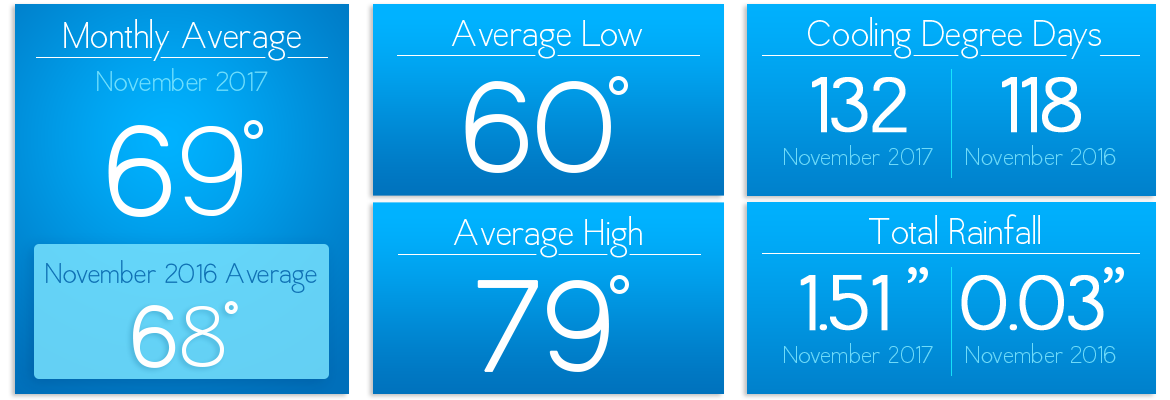



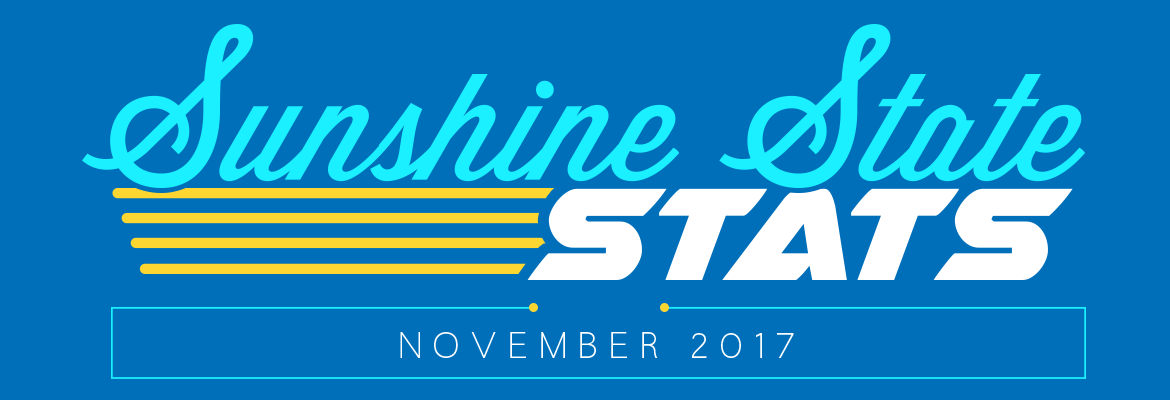

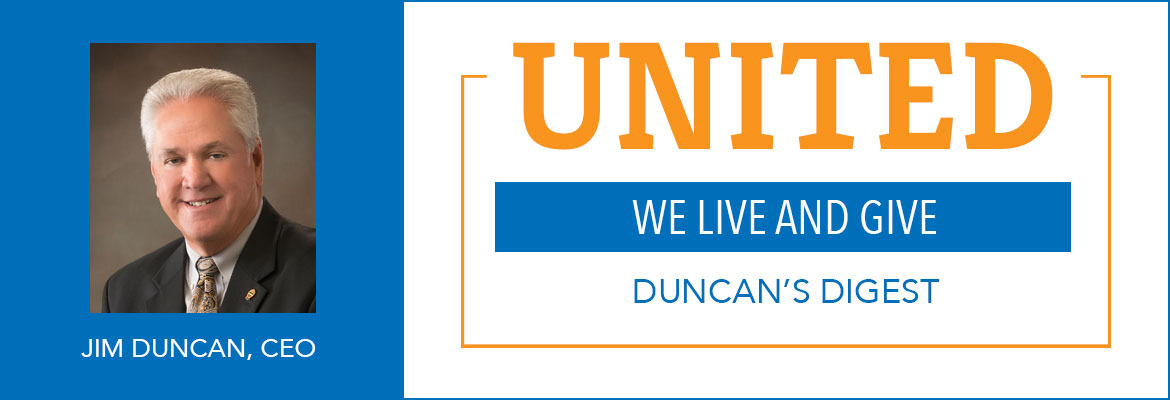
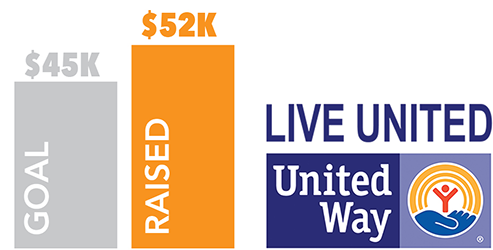


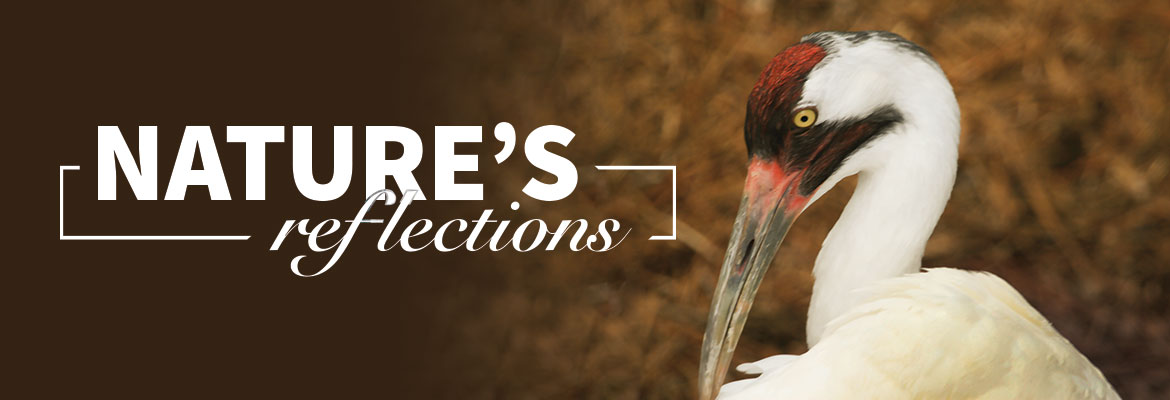
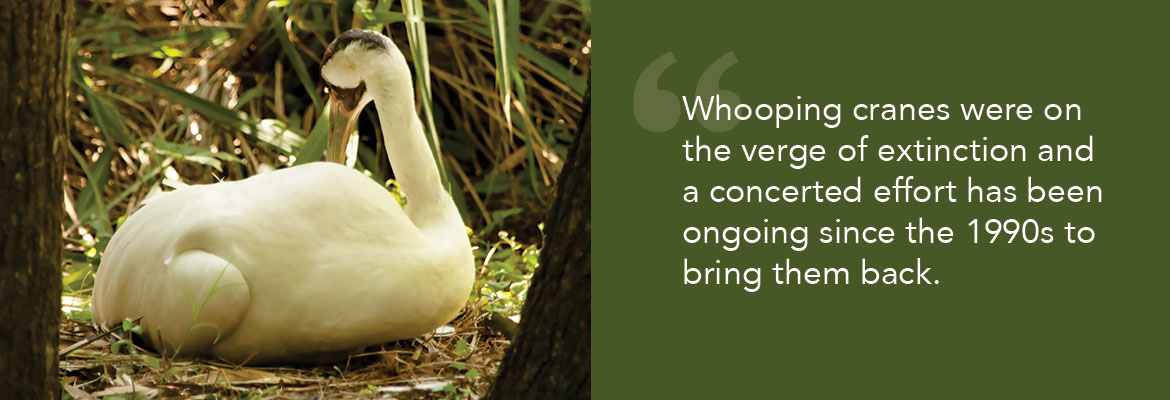
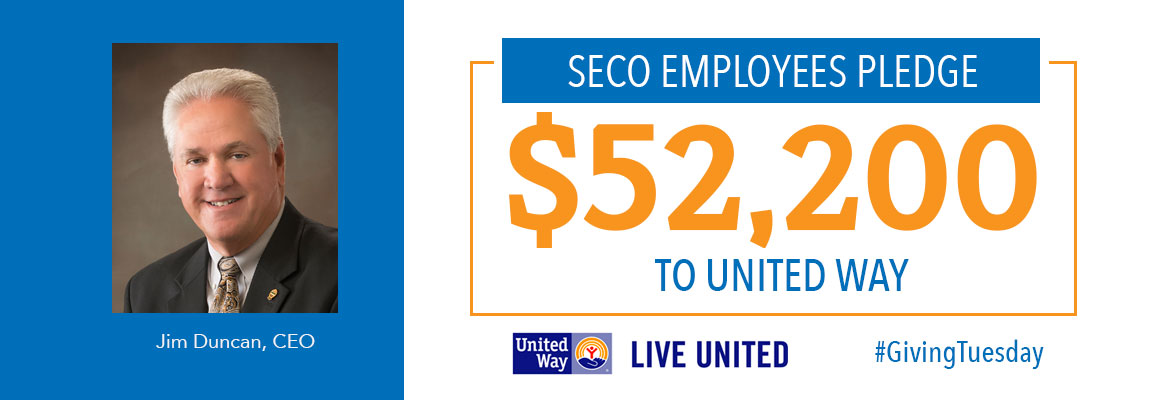 SECO Energy’s yearly
SECO Energy’s yearly 